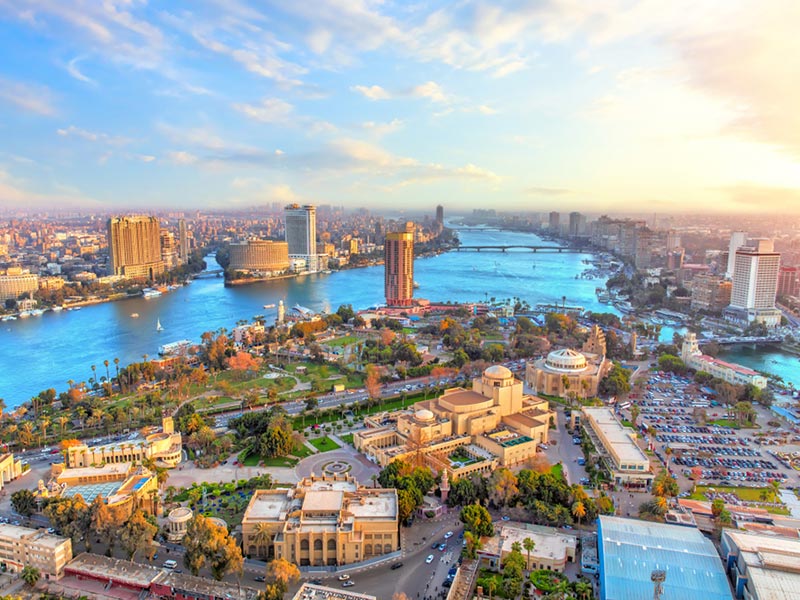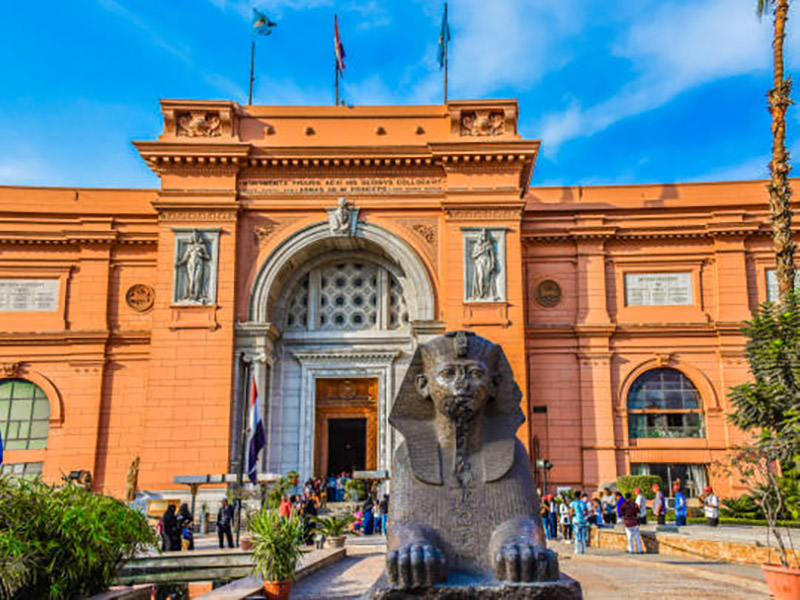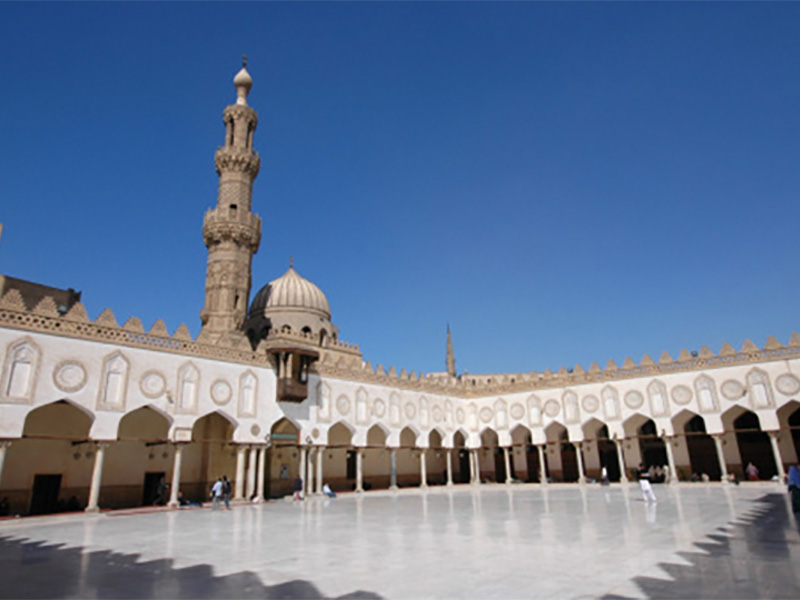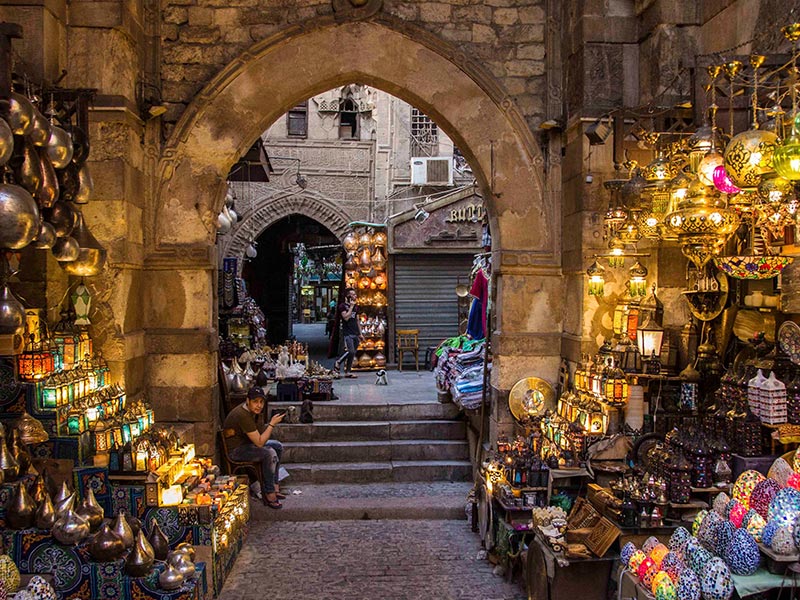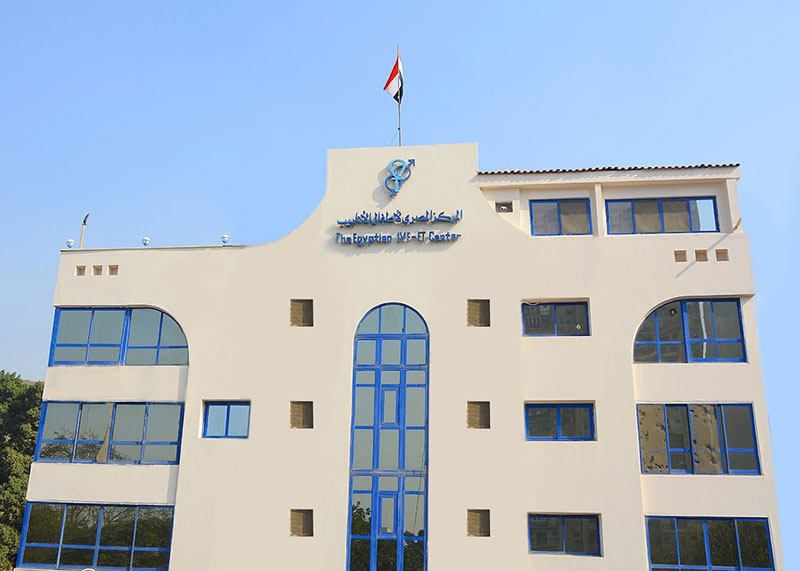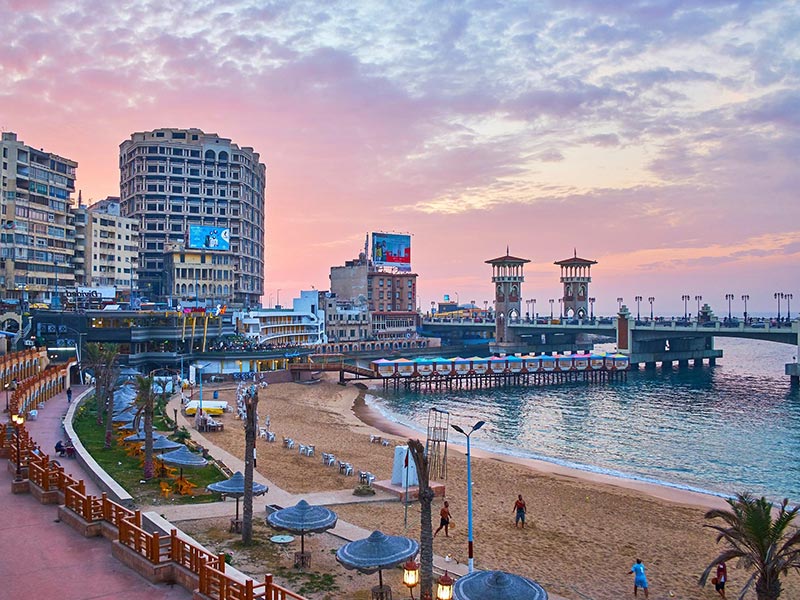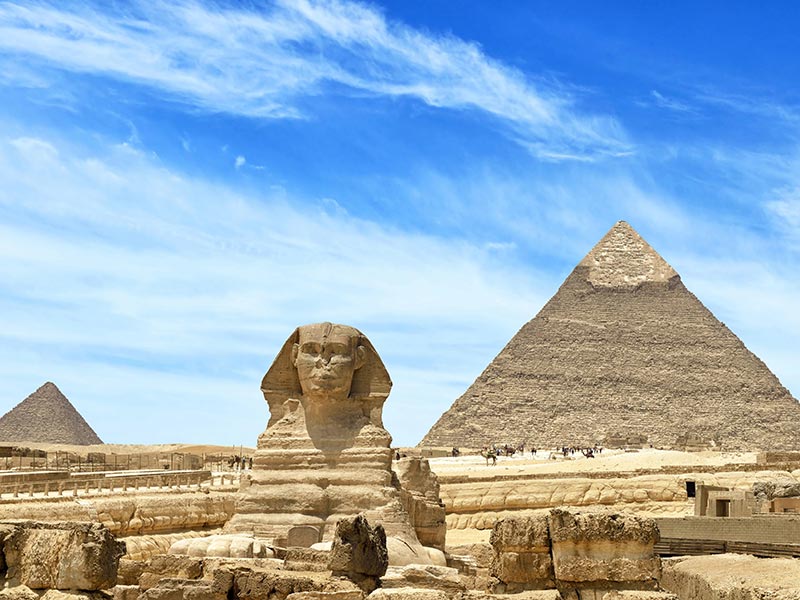Cairo
- Egypt Distinations
For all eternity, Cairo has served as a haven and a hub for beauty, art, and culture. Being the largest metropolitan region in Africa, the Middle East, the Arab world, and the fifteenth largest in the world, it is well known for being the capital of Egypt. Situated on both banks of the Nile River close to the Nile delta, the city is around 528 square kilometers in size and is located in northern Egypt, 120 km (75 mi) west of the Gulf of Suez and Suez Canal, and 165 km (100 mi) south of the Mediterranean Sea.
